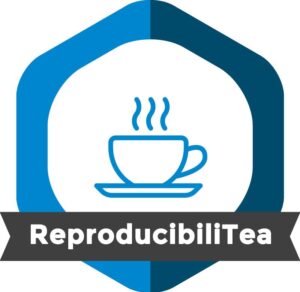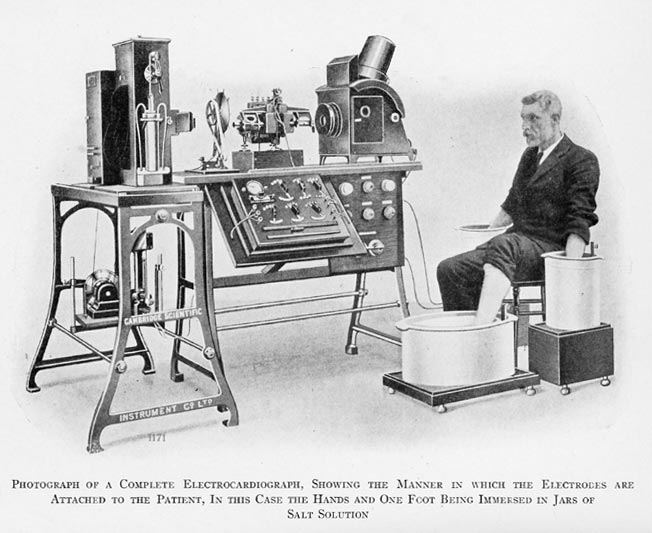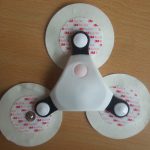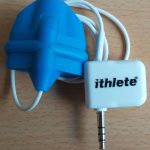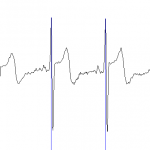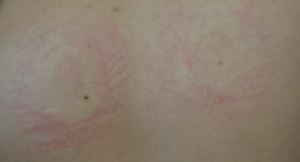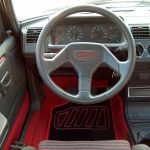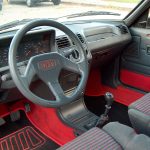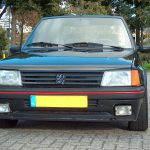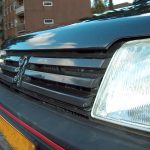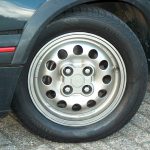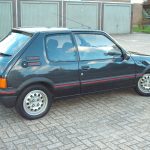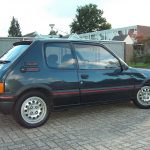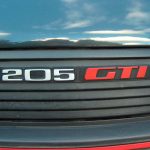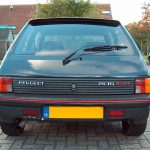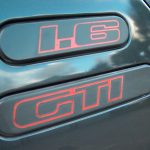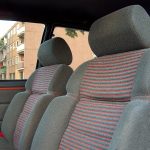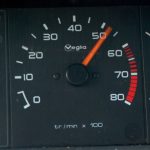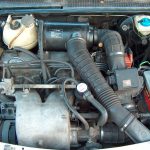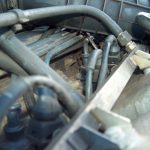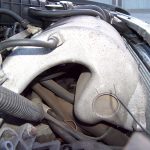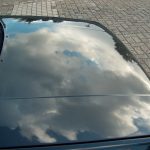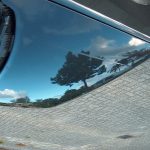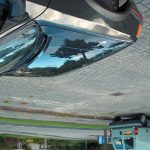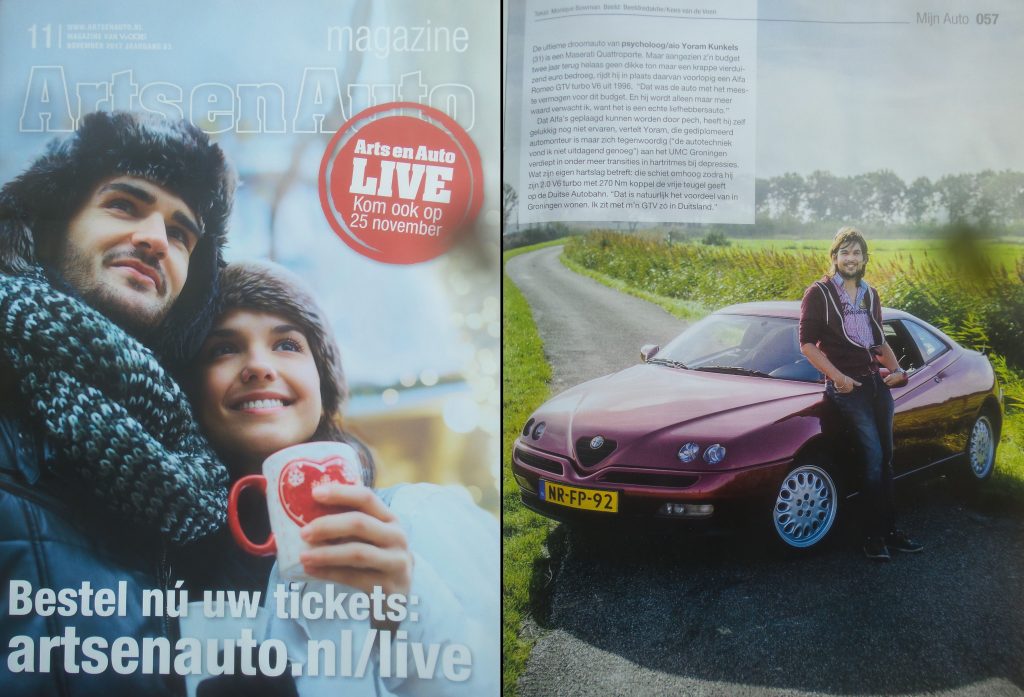Becoming a doctor
Last Wednesday, June 21, I had the honor to successfully defend my thesis! The title of my dissertation is
“Early-warning signals derived from actigraphy and electrocardiogram time series data: is it worth a transition in clinical practice?”
In my dissertation I describe our studies in which we investigated whether it is possible to anticipate transitions in depressive symptoms based on heart rate and movement data. My dissertation can be found here. The cover can be found here.
It was a great day. Thanks to Harriëtte Riese and Arie van Roon in particular for the excellent support and guidance during the past years. Thanks for the inspiring opposition for the relevant questions during the defence. And of course, thanks to all the wonderful colleagues, co-workers, and others for a great and inspirational journey!
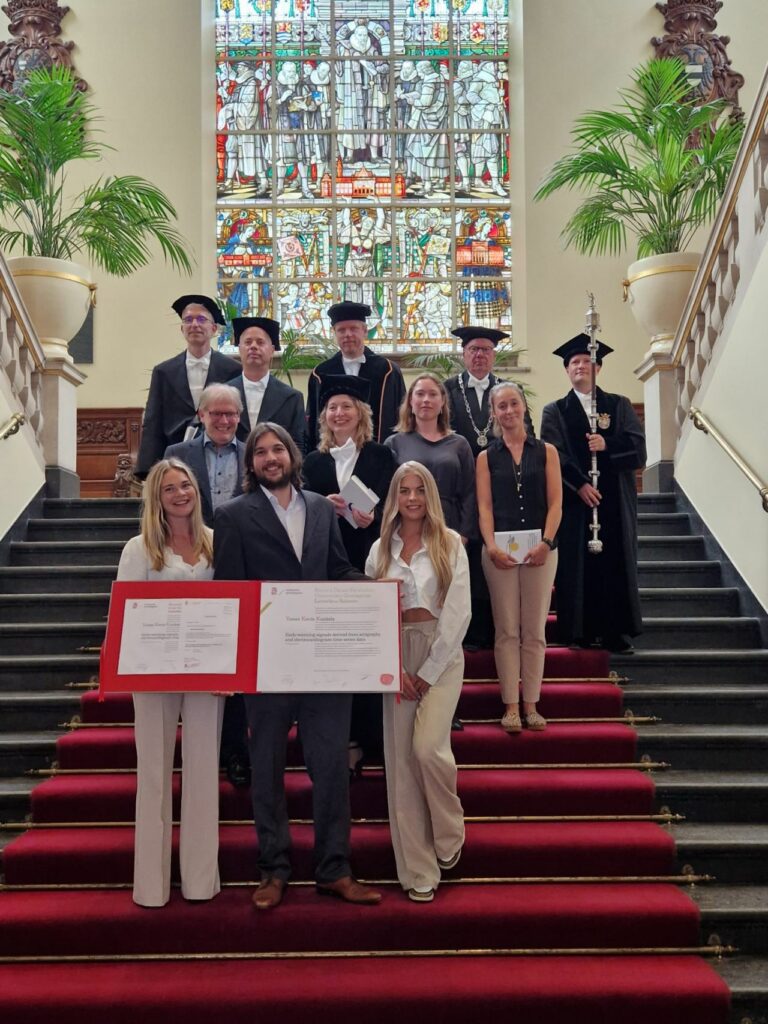
Afgelopen woensdag 21 juni heb ik de eer gehad om met succes mijn proefschrift te hebben verdedigd! De titel van mijn proefschrift is
“Early-warning signals derived from actigraphy and electrocardiogram time series data: is it worth a transition in clinical practice?”
In mijn proefschrift beschrijf ik onze studies waarin wij onderzocht hebben of het mogelijk is om transities in depressieve symptomen aan te kunnen zien komen op basis van hartslag- en bewegingsdata. Mijn proefschrift is hier terug te vinden . De omslag kan hier teruggevonden worden.
Het was een fantastische dag. Met dank aan Harriëtte Riese en Arie van Roon in het bijzonder voor de uitstekende ondersteuning en begeleiding in de afgelopen jaren. Bedankt voor de inspirerende oppositie voor de relevante vragen tijdens de verdediging. En natuurlijk alle geweldige collega’s, medewerkers, en anderen bedankt voor een geweldige en inspirerende reis!




